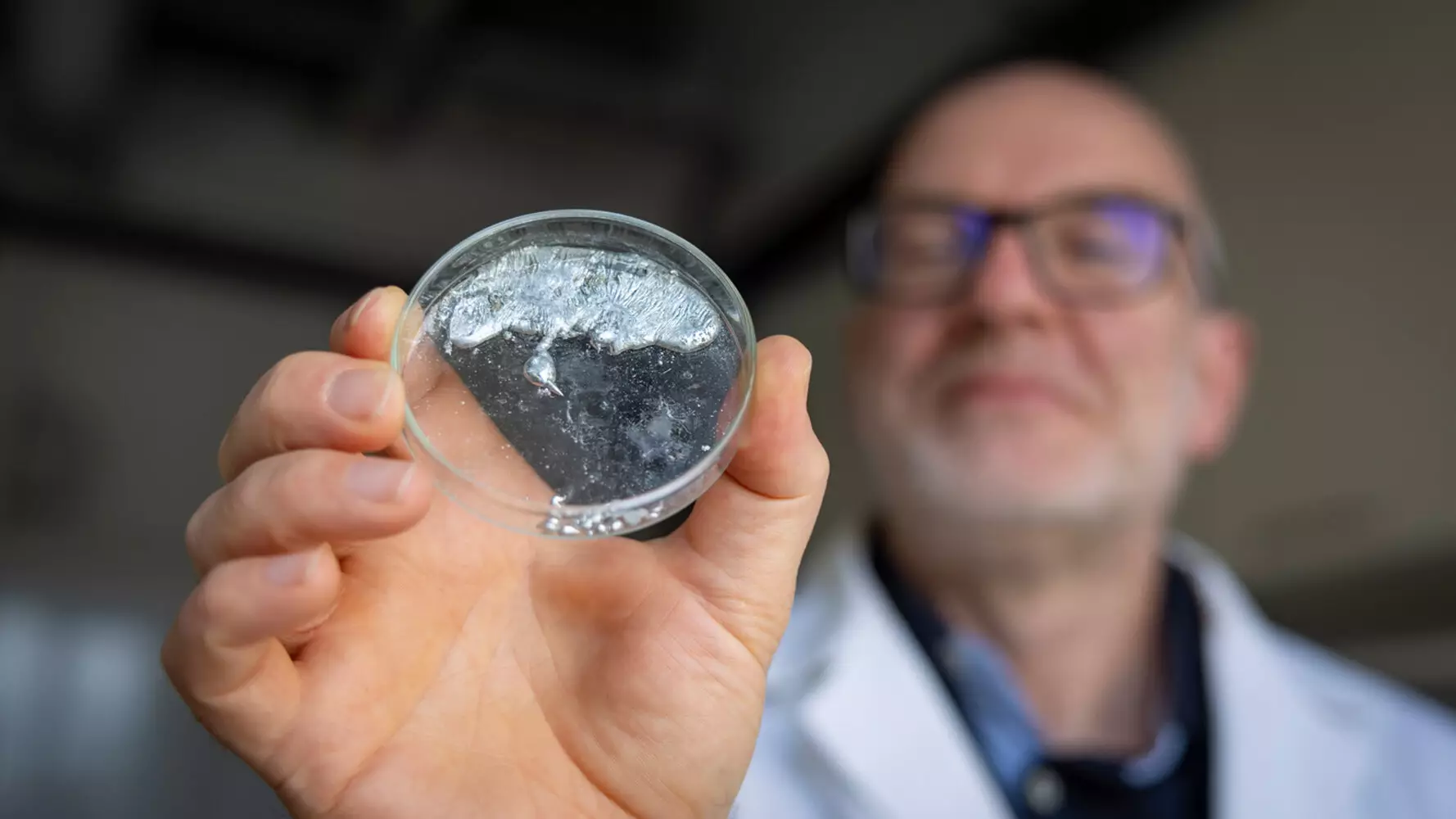Catalysts serve as crucial components in various manufacturing processes, aiding in the production of everyday products from vehicles to fertilizers. Their primary function lies in facilitating chemical reactions with minimal energy requirements and fewer undesirable byproducts. Traditionally, precious metals like iridium and rhodium have dominated this space due to their efficacy, but they come with significant drawbacks, such as scarcity, high costs, and environmental pollution. In light of these issues, researchers are increasingly turning their focus towards alternatives that promise sustainability without compromising effectiveness.
In recent discussions about sustainable catalytic practices, scientists emphasize the advantages of using main group metals, particularly aluminum and gallium. According to Professor Dr. Robert Kretschmer from Chemnitz University of Technology, these metals present a compelling case for replacing precious metals in catalytic processes. They are not only readily available and cost-effective but also non-toxic, making them environmentally safer options. Although the transition to utilizing these abundant elements in catalysis seems promising, the challenge lies in adapting existing catalytic frameworks designed for precious metals to accommodate these alternative materials effectively.
Exciting developments are emerging from research conducted by teams at Chemnitz University, where scientists have recently witnessed a gallium compound undergoing a reaction previously associated only with more costly metals. Their groundbreaking work resulted in the creation of a unique compound where the gallium atom binds to just a single carbon atom, defying conventional expectations. This distinct characteristic is a rarity in chemical research, with limited groups around the globe capable of synthesizing such compounds. The research findings have been documented in the prestigious journal, Nature Synthesis, which is a hallmark of significant scientific contributions.
The implications of this new gallium-based compound could be transformative for industrial catalysis. Kretschmer’s research reveals that unlike typical gallium behavior—where it seeks to maximize its bonding—this particular compound demonstrated an unprecedented reaction. Here, the gallium atom managed to facilitate an insertion reaction, in which the metal accomplished a significant leap over two carbon atoms despite forming only one bond. These insertion reactions are pivotal in a vast array of industrial applications, further underscoring the potential of this discovery to reshape our understanding of catalysis.
The findings from Chemnitz University represent a major step forward in the quest for sustainable catalytic methods. As researchers continue to explore and develop new catalytic systems using aluminum and gallium, the future of chemical manufacturing could become significantly more efficient and environmentally friendly. This research highlights the fact that breakthroughs in catalysis often arise from the unconventional use of readily available materials, opening new avenues for innovation in various industries reliant on chemical transformations. Such strides not only promise to enhance production efficiency but also pave the way for greener practices in chemistry.

